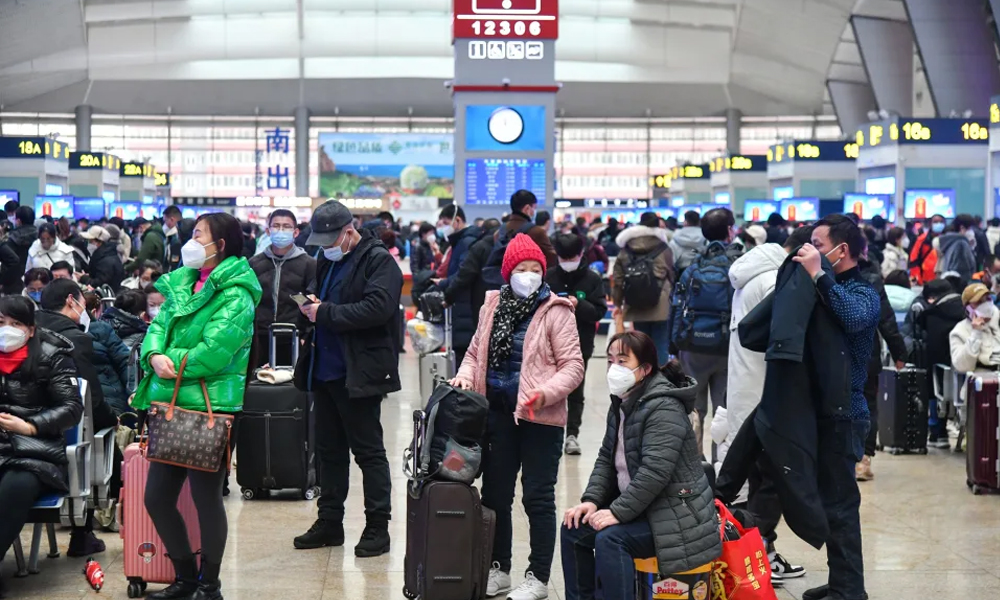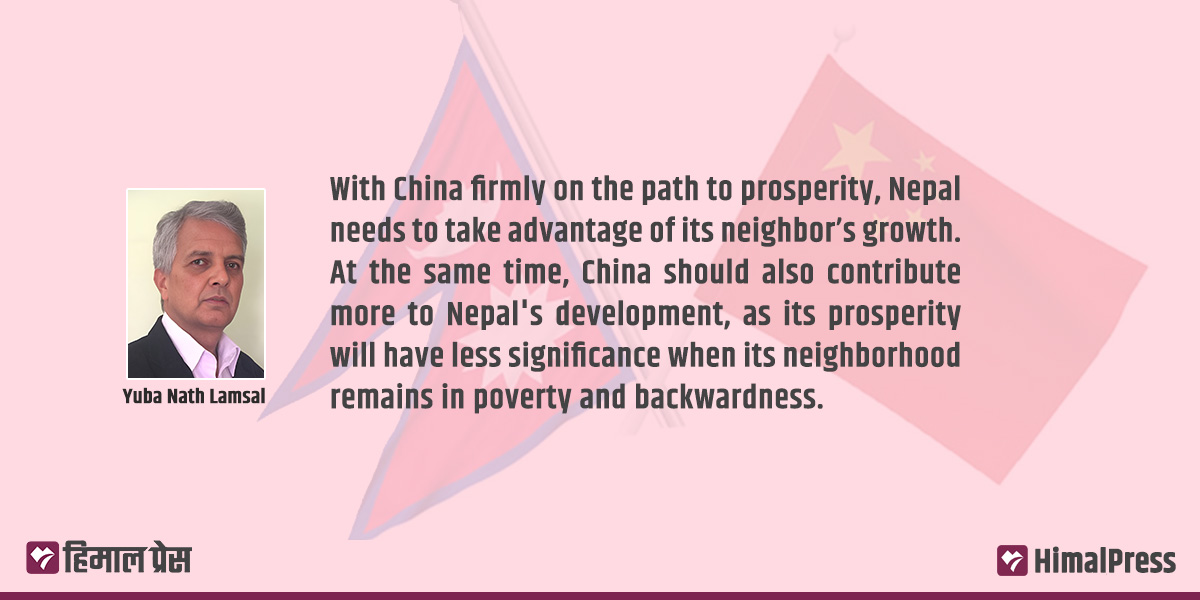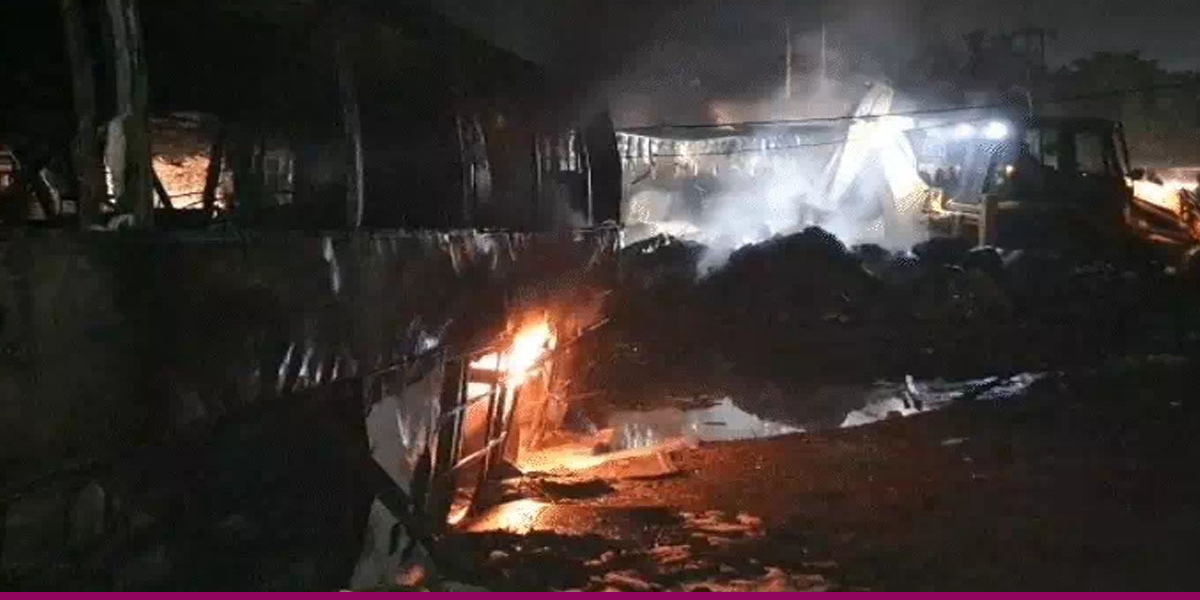
China is preparing for the Spring Festival, also known as the Chinese New Year. According to the Chinese lunar calendar, this year marks the Year of the Rabbit. The first day of the new year falls on January 22nd. During this time, families reunite as those who have gone abroad or to other cities for employment or education return home for celebrations.
However, life is not always simple and easy. Despite preparations for the upcoming festival, some people may not be able to reunite with their families due to various reasons. Additionally, over the past three years, the average Chinese citizen has not been able to fully celebrate the spring festival with the usual festivities and joy due to the outbreak of the coronavirus. In 2020, the virus emerged on the eve of the Spring Festival, causing chaos and forcing many to celebrate the festival in fear and anxiety. Some towns and villages were unable to celebrate at all. Similarly, those who had planned to visit their hometowns or travel abroad for the festival had their plans canceled, leading to disappointment.
The next two Spring Festivals were celebrated with caution and fear, with family gatherings and celebrations limited to small groups. China implemented a zero-tolerance policy to contain the spread of COVID-19. This made it difficult for people to travel and visit their loved ones.
However, this Spring Festival marks a turning point as China’s epidemic control and prevention efforts have entered a new phase. After three years of dealing with the outbreak, China’s policies have been relaxed and over 90% of the population has received the required vaccinations. The virus’ impact on people has also weakened. As a result, there is a renewed sense of enthusiasm among the Chinese people as they look forward to reuniting with their families. Many are planning to return to their hometowns or even travel abroad with their families.
During the Spring Festival, it is common for Chinese people to stay with their families or return to their hometowns. This time of year is also known as Chunyun, a period of mass human migration as people travel to be with their loved ones. Chunyun began on January 7 and will continue for 40 days until February 15. It is one of the largest human migrations in the world.
In a country with a population of over 1.4 billion, a significant number of trips are made during the 40-day Chunyun period. It is estimated that people make around 3 billion trips during this period.
This year, an estimated 2.95 billion trips are expected to be made, a 99.5% increase compared to the Spring Festival last year. This is approximately 70.3% of the pre-COVID levels.
Chunyun has already begun and despite lingering fears of COVID-19, many are still preparing to celebrate the festival with great fanfare and joy. This year, an estimated 2.95 billion trips are expected to be made, a 99.5% increase compared to the Spring Festival last year. This is approximately 70.3% of the pre-COVID levels.
“China’s 40-day Chunyun is the world’s largest human migration,” said Xu Chengguang, an official from China’s Ministry of Transport.
To accommodate the large number of travelers, the Civil Aviation Administration of China reported that the number of passenger flights has reached 11,000 per day. This air traffic volume is expected to return to 73% of pre-COVID levels this year.
China Railways has also made arrangements for the peak travel period of the festival, with 6,777 trains with a capacity of 9.4 million passengers being scheduled. This is an 11% increase compared to 2019.
In preparation for Chunyun, the Ministry of Transport organized a meeting to develop an action plan for the holiday travel rush. During the meeting, Minister for Transport Li Xiaopeng instructed officials to ensure logistics for essential goods such as coal and medicine, improve service quality, prevent potential risks and enhance security measures.
Nepal can benefit greatly by introducing special travel packages for Chinese nationals during this period.
In recent years, there has been a shift towards using the railway and other forms of transportation during Chunyun, rather than road travel. This is due in part to the increased risk of accidents caused by factors such as snow and wind, as well as the development of more diverse travel and transportation options. This has led to a decrease in the number of road trips during Chunyun.
Nepalis also travel in large numbers during festivals like Dashain, but the transportation infrastructure in Nepal is not as developed as in China. Basic facilities such as bus parks are often lacking.
In contrast, China has a highly developed transportation system to accommodate a large number of travelers during Chunyun. The country’s total length of highways is 5 million kilometers, with expressways being among the longest in the world. Additionally, China has a total railway length of 155,000 km and a high-speed railway length of 42,000 km.
In this way, even during the 40-day period of the busiest travel activity, Chinese passengers can easily and conveniently travel through railways, highways, waterways, and air routes. Railways have also become a more reasonable alternative to long, tiring and risky journeys by highways. It has also reduced road accidents.
It is a question of when Nepal will be able to develop safe and fast roads for its people, instead of the current unsafe, inadequate, and inconvenient conditions.
Many Chinese are traveling abroad after the COVID pandemic, and Nepal is among their destinations. If Nepal can introduce special travel packages for Chinese nationals during this period, it could greatly benefit. Nepal can learn from the works and plans that China is making for the convenience of its people.



















